A Sprinkler system is used to irrigate lawns, gardens, crops, or any landscapes. It is a method of applying water in a controlled manner, like rainfall.
Here, the water is distributed through a network consisting of pipes, valves, pumps, and sprinklers. To ensure that this system operates smoothly, it should be winterized before the temperature attains a freezing mark.
Such low temperature is a significant threat to your sprinkler system and can cause the breaking of valves, fittings, pipes, sprinklers, and other components. The water may freeze in the irrigation valves, pipes, and sprinkler heads.
Winterizing hunter sprinkler system involves blow-out method of clearing all the water from all the irrigation components. Winterizing helps prevent the damage from freezing and forefends costly repairs.
Read this article to know more about this process and learn how you can winterize your sprinkler system.
To winterize the sprinkler system, you can either try to do that yourself or hire a company to get that done for you. Let us first see how to hire a company to get your sprinkler system winterized.
Hire a Professional
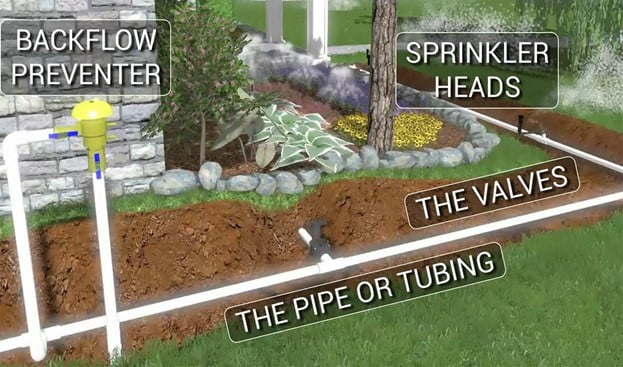
Hiring a professional certified irrigation company to get this job done is a safe option you can go for. The company or person you are hiring will have the required tools, which will have to be bought or rented if you will do this yourself. You need to worry about the tools storage and the cost factors associated with it. They will have the proper, required knowledge and would be able to diagnose and fix any issues before it becomes impossible to tackle.
You will be more relaxed if you hire someone as you would not have to be worried about missing any warning signs or doing anything wrongly. Some components of a sprinkler system need to be removed and stored correctly in winter.
Some examples of such parts are backflow preventers, which vary from state to state and require a professional person to know which one you have and how it should be stored. Another example can be the controller, which needs to be stored correctly without the battery.
Lastly, letting someone who knows more about stuff do it for you may bring peace of mind and assure you that it would be done correctly.
Hiring an expert is the ideal and safest, but you need to make sure that you do not fall for non-professionals offering low-cost service. So, when you are looking for a company to winterize your sprinkler system, seek out ones that hold professional certification or accreditations, are licensed, offer seasonal packages, and back their service with a warranty.
Do it Yourself. Make it Fun!
The other way you can do it is by doing it yourself. It can be empowering, educative, and fun. So, here are some points that can help you in doing it.
Turn off the Water Supply.
Begin with turning off the water supply to your irrigation system. If there is a drain or stop-and-waste valve installed between the backflow device and the water supply, make sure to shut it off too.
The shut-off valve of the irrigation system needs to be protected from freezing.
Wrap it around with insulation to protect it from harsh winter temperatures. You can use self-sticking foam- insulating tape or foam insulating tubes for this purpose.
Drain the Pipes.
Drain off the water from your irrigation system. There are three basic methods by which you can do this. The method you choose will depend on the type of irrigation you have in place. All these three types are discussed below.
Manual Valves – Irrigation systems equipped with manual drainage make it easy to empty the system’s excess water by merely opening the valve.
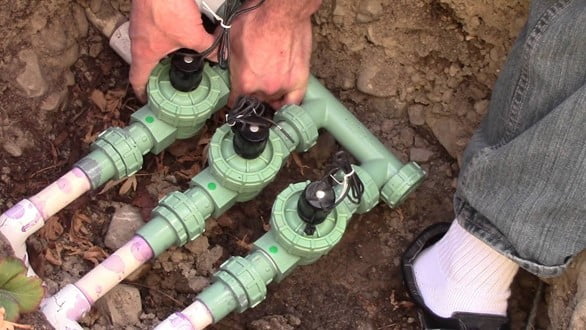
If you have such a system installed, then first shut off the supply to the system and look for those manual valves at the ends and low piping points. Open these valves and drain off the water.
Sprinklers equipped with check valves need their heads to be raised to drain out water from these mechanisms. Once drained, close all these valves.
Automatic Valves – Some irrigation system is equipped with automatic valves that automatically drains water once the pressure drops below a certain number of pounds per square inch.
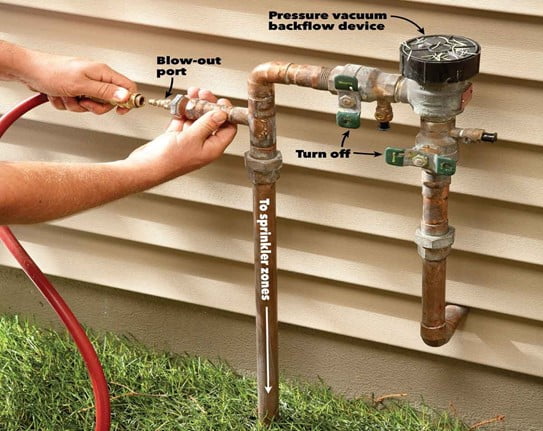
Activate these by turning off the water supply and relieving the system’s pressure by briefly running one of the sprinkler heads.
Drain the water between the backflow device and shut off the valve. If there are any check valves in your system, make sure to drain them off too.
Blow-Out– The last way you can remove the water is by forcing compressed air through the irrigation system to discharge the water through the sprinkler heads.
This method is hazardous to the wrong types of irrigation system and anyone who attempts it without proper precautions. For this method, you need an air compressor and hose adapter that can connect to the compressor.
Using an Air Compressor– To empty the system, you need both the right air pressure and volume. The compressor must be able to provide ten cubic feet of air per minute.
Blow air through each backflow preventer individually to prevent it from freezing. For PVC and polyethylene pipes use 80 PSI and 50 PSI, respectively.
Adding Insulation
Even when the system is empty of water, the trapped moisture that freezes can still crack the valves, backflow preventers, and other vulnerable parts. Wrap this around with insulating tapes or foam wraps to protect them from low temperatures.
Switch Off the Controller
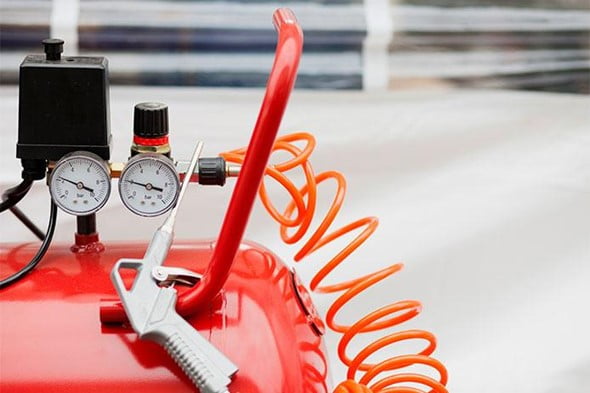
Once you have drained all the pipes, make sure to switch off any automatic timers or controller units. The controllers with winter or pause mode save your setting, but you need to switch it back to active use. If your controller is wired to a water pump, it could burn out if it is switched on while the water supply is disconnected.
Costings
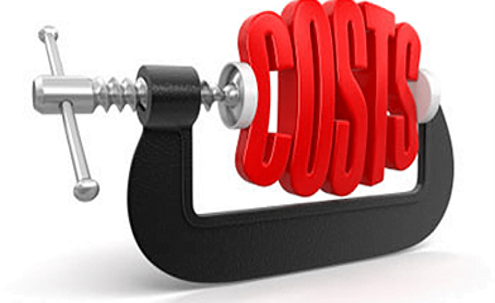
The cost of winterizing your sprinkler system depends on your residence region and whether you are doing it yourself or hiring a professional.
If you are hiring a professional company to winterize your system completely, then you may expect to pay somewhere between $75- $125 for an eight-zone system or less.
But if you have decided to do it by yourself, you will have to rent a powerful air compressor and an air hose that will add to your overall cost. Moreover, professionals use commercial air compressors that help them evacuate the water from the system efficiently.
They also know how to regulate or reduce the pressure, so you do not introduce too much or use too little.
Time Required for Winterizing Hunter Sprinkler System
If done correctly, running the air through every zone for 2 minutes is enough to winterize a system. It can take 15- 30 minutes for an average residential sprinkler system to winterize it with an air compressor of CFM (Cubic Feet per Minute) rating of 80-100.
On the other hand, for a DIY homeowner, who uses a small air tank compressor delivering 4 CFM instead of renting a commercial air compressor, the low flow of air combined with allowing the tank to regenerate and build pressure can take three hours or more for winterization of the same size of the system.
Additional Protection
All the exterior faucets should be shut down for the winter season from the water supply. The garden hoses attached to the exterior faucets should be removed and drained to avoid freeze damage at the hose bib. Please turn off the valves to these faucets and leave them in an open position.
This breaks the air vacuum so the water can fully drain. It allows the water between the shut-off valve and the outside faucet to completely drain, reducing freeze damage.
If your system is equipped with a removable pump, you can completely disconnect your pump and bring it inside for the winter. You can keep it under a cover in an underground pit. If it is completely integrated, cover it with a plastic bag or insulating blanket.
Lastly, shut down your control panel for winter. If your system has winter or shut-down mode, switch to that setting or completely disconnect from the power source. If you are not sure about your control panel, consult the user guide.
Conclusion
As we have reached the end, we now understand what winterization is and why it is essential for your irrigation system.
We saw that we could do it by ourselves, but it is best to get it done by professionals due to potential damages associated with this.
Winterizing your sprinkler system is the best way to ensure that it stays in good shape year after year.
That is all about it. Make sure you use these tips provided to protect your sprinkler system from freezing. Keep heat in and stay warm for the next few months.

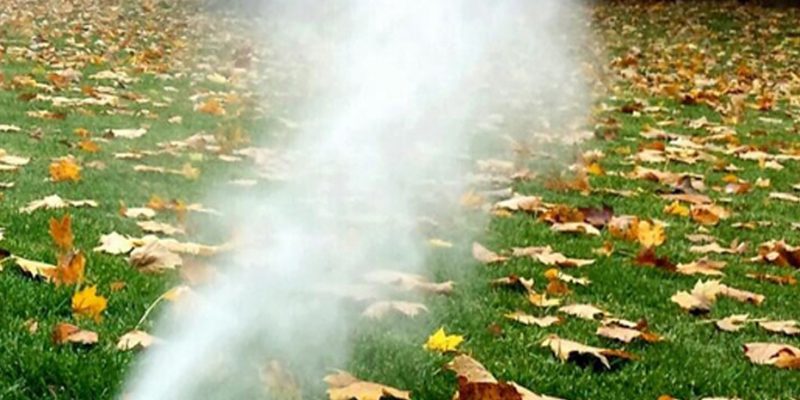
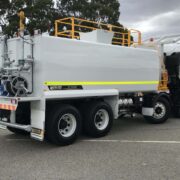



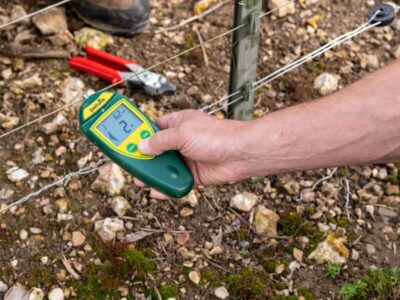
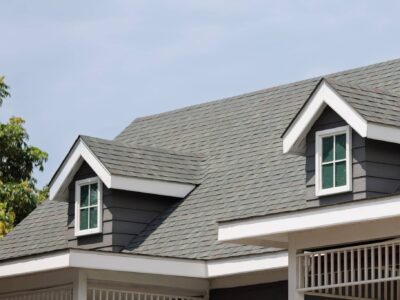
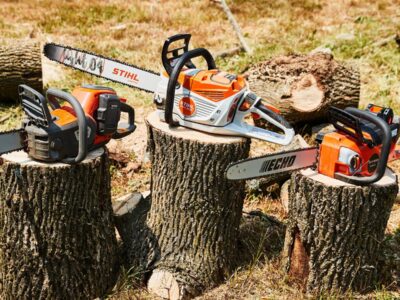
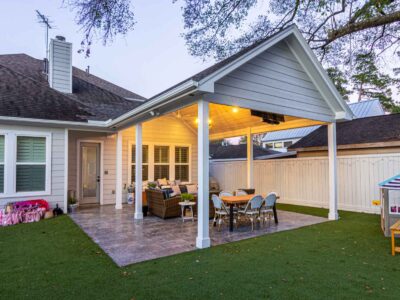
Comments